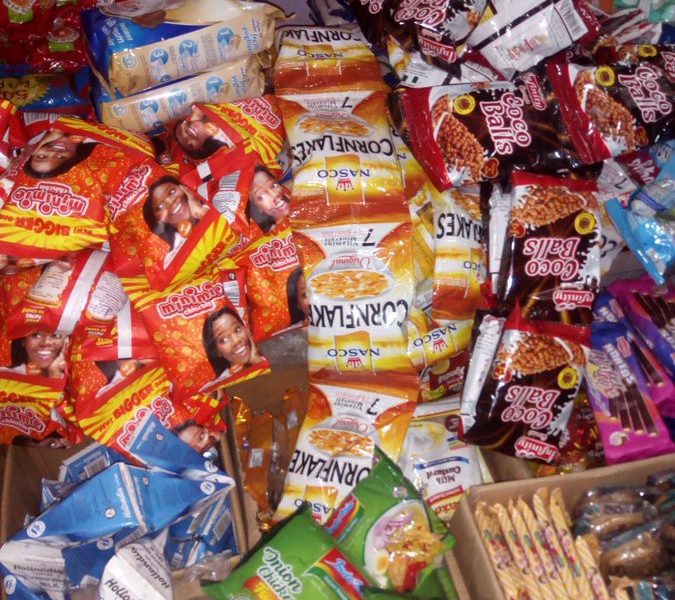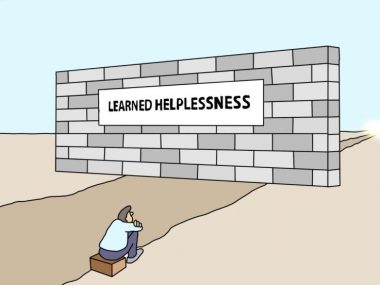Just recently we woke up to the news of a tennis super star hanging her racket and bowing out from professional tennis. She played her first US open singles at the age of 16 and the 27 years of her professional career is characterized by so many wins to show for her great effort, passion and commitment – some of the notable accomplishments are 73 singles titles out of which are 23 grand slam titles, 23 doubles titles, 4 Olympic Gold medals, and that is just to mention a few. Before announcing this retirement she took a break some years back after becoming pregnant and returned to reach four major finals, this achievement won’t make sense if I don’t stress the point that she experienced a pulmonary embolism (a condition where one or more arteries in the lungs become blocked by blood clot) that rendered her bedridden for months and then she still suffered postpartum depression (Depression that occurs after child birth, experts have said that this kind of depression can even lead to other major depression later on, if not professionally attended to) that drastically delayed her return to training after child birth. She then returned to the court with loads of media backlash, with the major bone of contention bothering on her ability to come back after being a mother, she anyhow still reached four major finals and if this is not the definition of “tremendous” one will wonder what it is.
In the words of former French opens champion, Barker Sue “Serena Williams is the greatest because this era is so much competitive than the previous eras. The pace she generates – her serve is without question the greatest ever – combined with her movement and her power, she pushes her opponent constantly on the back foot”.
I personally appreciate Serena’s courage and congratulate her on her successes, I at the same time wish her the best on her future exploits. But this write up won’t afford me the desired link bridge if we don’t also look at the “unseen hands behind the clock”, like her father – Richard Williams, her coaches – Partick Mouratoglou and others, her critics – especially those who criticized that her full length body suit costume, the one she dedicated to moms that had a tough recovery from child birth. They indeed didn’t realize that the costume was out to help prevent blood clot, an issue she suffered for in the past. Everything however simply cumulated to Serena’s PACKAGING…
What really is Packaging?
It’s the material used to wrap or protect goods, with a view of making them attractive and pass the right information to those who need, use or appreciate the content. In other words, there must be a content that should be packaged. Today is not to talk about the content, because really the content is the most important, it must add value otherwise the packaging will attract the user or buyer and on using the content they decide that they will never buy or embrace the product anymore, but as I said, today is not for the content! Let’s however be quick to first understand the intertwined relationship between printing and packaging, a bond that makes packaging valueless without the prints.
Our aim today is to make the content visible, and this is what packaging does, and I feel once the product is attractive to you, the next thing you do is to begin to scout for more information about it, that information would have been printed, so for me it is hard to separate packaging from printing. In fact, packaging starts with designs and graphics arts, and these are the starting point of printing. Recall that my greatest quote nowadays is that those who want to survive in today’s printing must indeed tie their print business to lifestyle and trends. One lifestyle lifetime product is “food and beverages”, we must eat, and we must drink, the young, the old, men or women, rich or poor. So, there is a daily load of products that needs to be packaged. For the sake of this write up which is meant to open our eyes to sachet and pouches packaging – a trend triggered by various research that is prompting the world over to begin to bring up regulations to ban plastic packaging, I would like to highlight some of the real concerns about plastics for packaging.
- BPA, Bisphenol A – a synthetic hormone which mimics estrogen and others like phthalates are termed endocrine disruptors, meaning they can enter the body through foods, drinks and personal care products to interfere with hormones that the body produces. The Food and drug Administration (FDA) has constantly said many of this product are safe but more and more users and in turn government of many countries level of concerns keep growing.
- The Sustainability gospel – Plastic as we know it has a good environmental profile, it needs so little energy to produce it, it’s extremely durable and its lightweight nature has gained it a massive space in saving weights for cars, aircrafts, packaging and pipework’s but because it is difficult to decompose my believe is that many government will keep frowning against using plastics for those items that will have a short shelve life because they end up in the sea, rivers, drainages and seems to cause more ecological problems. I believe this is why the trend for plastic packaging are gradually shifting to sachets and pouches on one hand.
- Physical impact on marine life – This is summed up under three subjects, that of entanglement, ingestion and starvation…
If Packaging is the greatest of all times because we must package not only our primary products, but also pack them in numbers to achieve secondary packaging and eventually tertiary for easier and more efficient transportation and storage before use – we must however ensure that the prints at each stage pass the correct information, beautifies the product and sustain the entire cycle through the 3 stages of packaging and even up to the end of its shelve life, meanwhile as much as we are used to plastics and love them, we must also begin to face the reality that world over we must begin the process of retiring the use of plastics and embrace one of the new trends – Sachet or Pouch printing, just like I am trying hard to get used to the retirement news of our amiable Serena Williams.
Especially now that we can begin to boast of a comprehensive range of optimized materials for sachets, pouches and flow wrapping, those using a combination of paper-based materials and plastic high-performance films. And just like plastics this new material provide excellent barrier protection for an excellent product integrity and shelve life quality, providing a super alternative for many healthcare, food, beverage and industrial products.
What else do product owner require than an excellent sealing property with opportunity to add on quality print, end of shelve life ability for easy recycling, enough barrier for oxygen, moisture and light, easy peel and sometimes opening to show a part of the content just to mention a few, truth is sachet and pouches provide these possibilities for a wide range of applications.
Putting print on pouches and sachet packaging can be done in a variety of ways. One is using the conventional method of printing the films on a flexographic press, the outcome is in rolls for this method that affords the best cost per print in exchange for a large quantity, so that product already established and require a long runs actually benefit the most from this method, the food packaging company will collect this rolls from printers and form their package by filling the product or content in a sachets, pouches or stick-packs produced in VFFS (Vertical Form Fill and Seal) or HFFS (Horizontal Form Fill and Seal) machines. There are product that are not so established in the market by virtue of it being a newly introduced product and the owners of this are usually not able to make the film in large volumes, for this category there are inkjet machines that can print this films in rolls at a higher cost per print though, but in exchange for the flexibility of print on demand, or versioning or the easy addition of variable data for promotions or activations, the rolls are also taken to a VFFS machine to complete the packaging process.
The latest trend however is buying the pouches unprinted and printing directly to the pouch, no I am not talking about pasting stickers on the pouches which of course is another work around for small quantities, but I mean there is a printer that sees the pouches like an envelope and actually prints directly on the pouches.
There is now so much case for processing integration solutions for snacks, spices, sauces and so on and a lot of either automatic pellet, chips, sauce processing or spice grinding line are being birthed daily, this lines will require printing for the packaging, so also will they require real-time printing of expiry or best before dates, batch number or code for both primary and secondary packaging, custom post automation/traffic management solution for easier secondary packaging for the large producers and my question is; “Can your current printing facility cater for the huge life style dependent market with the new loud and clear shout for printing and packaging?”.
If your answer is NO, then the sachet and pouch economy which is growing rapidly in Nigeria and other poor communities around Africa that no longer embrace economy of scale for the obvious reason of lower purchasing power might just be waiting for you to leverage on.





3 comments
Wow, very insightful. At first i was astonished with the opening with Serena Williams story because I wasn’t expecting such, but then as I read further I saw how the story was intertwine with the subject matter. Nice job🙏
Nice piece. Big kudos sir !
Pouch packaging is really the talk of the town in the packaging world but believe you me sir, the plain pouch and pasting of stickers is really a huge market in Nigeria of today. I’m as much as they want their product packaged in a beautiful way, the customers are still looking for ways to save cost. How I wish we’ve a factory in Nigeria that made plain pouch with fair unit cost.
Well worded! Quite an insightful piece.